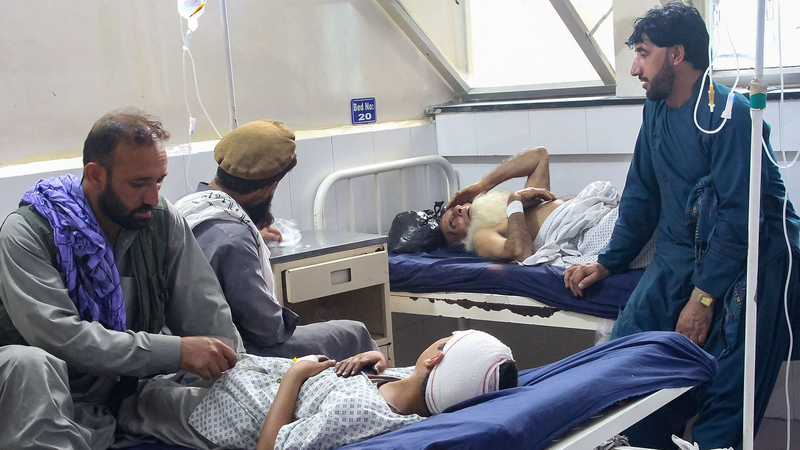A powerful earthquake rocked eastern Afghanistan on Monday, claiming at least 622 lives and injuring over 1,555 people across Kunar and Nangarhar provinces. The tremor flattened homes, disrupted communities, and sparked a massive relief operation.
Ministry of Interior Affairs spokesperson Abdul Mateen Qani reported that Kunar bore the brunt of the disaster, with 610 fatalities, 1,300 injuries, and numerous houses destroyed. In Nangarhar, rescue teams confirmed 12 deaths and 255 injuries, alongside dozens of damaged homes.
Security, medical, transportation and food support teams have mobilized rapidly. Key actions include:
- Airlifting the most critically injured to Nangarhar Regional Hospital by defense, interior and public health ministries
- Deploying mobile medical units and field hospitals
- Distributing emergency food, water, and shelter materials
- Coordinating with local volunteers and NGOs for search-and-rescue
Local media outlet TOLOnews highlighted the challenges of reaching remote valleys, where damaged roads and unstable terrain slow down aid convoys. Yet responders remain undeterred, leveraging helicopters, drones and community networks to map damage and deliver supplies.
This disaster underscores the seismic vulnerability of the Hindu Kush region, which experiences frequent high-magnitude quakes. As aftershocks continue, officials urge residents to stay vigilant and heed safety warnings.
Global citizens, from digital volunteers mapping needs online to overseas donors sending funds, are rallying support. The disaster’s scale has drawn attention to the need for resilient infrastructure, early warning systems and cross-border collaboration on disaster response.
For communities on the frontlines, recovery will be a long road. But with coordinated aid and shared innovation, relief teams aim to rebuild stronger and more resilient towns in the heart of Afghanistan’s mountainous east.
Reference(s):
At least 622 killed, 1,555 injured in eastern Afghanistan earthquake
cgtn.com




